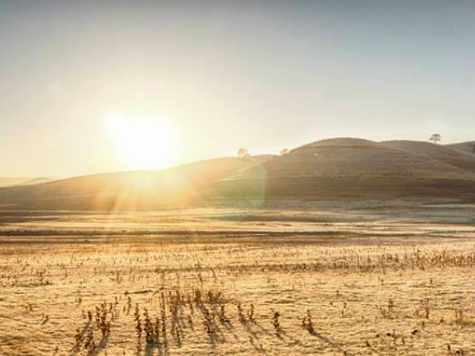Some officials claim that due to global warming, ski towns may be going the way of the Dodo. “It’s the single greatest threat to our local economy,” says Steven Skadron, mayor of Aspen, CO. In the midst of this particularly brutal winter and without a sense of irony U.S. News & World Report gave this report lead-story billing at their website Saturday afternoon.
And Skadron’s not alone in positing that such towns as Aspen, Vail, and Lake Tahoe, traditionally prosperous ski resorts suffering from low snowfall this year, may become extinct. Terry Root, senior fellow at the Stanford Woods Institute for the Environment, is all in on the “inconvenient truth“: “There’s going to be good years and there’s going to be god-awful years. The globe is warming so rapidly, and variability is increasing so much – both of those things together, I’m glad I don’t have stock in ski areas.”
Meanwhile, on Tuesday, New York City’s Central Park broke a 118-year record, with the temperature descending to four degrees. Monday’s subzero temperatures shattered record lows in Chicago, dropping to minus 16, and in Fort Wayne, IN the mercury fell to 13 below. Oklahoma and Texas, with wind chills across the region at 40 below and colder, set a few cold records as well.
What do these two seemingly disparate climate trends have in common? Well, according the EPA and NASA, they are both caused by global warming.
However, one should consider that the history of California is closely tied to the history of droughts and changing snowfall patterns varying from year to year. According to Scott Stine, a professor of geography and environmental studies at Cal State East Bay: “We’re living in a dream world. The longest droughts of the 20th century in which Californians think of as severe, occurred from 1987 to 1992 and from 1928 to 1934.” Both, Stine said, are minor compared to the ancient droughts of 850 to 1090 and 1140 to 1320.
Through studies of tree rings, sediment, and other natural evidence, researchers assert that California has had multiple droughts that lasted 10 or 20 years in a row during the past 1,000 years. The mere three-year duration of the current dry spell doesn’t come close to California’s driest periods.
Stine, who has spent decades studying tree stumps in Mono Lake, Tenaya Lake, the Walker River, and other parts of the Sierra Nevada, said that the past century has been among the wettest of the last 7,000 years. “The two most severe mega-droughts make the Dust Bowl of the 1930s look tame: a 240-year-long drought that started in 850 and, 50 years after the conclusion of that one, another that stretched at least 180 years,” according to the professor.
Andy Wirth, president and CEO of Squaw Valley Ski Holdings, which runs Squaw Valley and Alpine Meadows resorts in California, reminds Californians that Squaw’s 2010-2011 season saw more than 800 inches of snow and skiing through the Fourth of July. “Really, what’s at hand for the companies that operate in ski towns, whether you’re a restaurant or a ski resort, is you have to change your operating platform to be able to adjust to the more variable snow conditions.”

COMMENTS
Please let us know if you're having issues with commenting.